#gyula halasz
Text
Cat masks by Leonor Fini
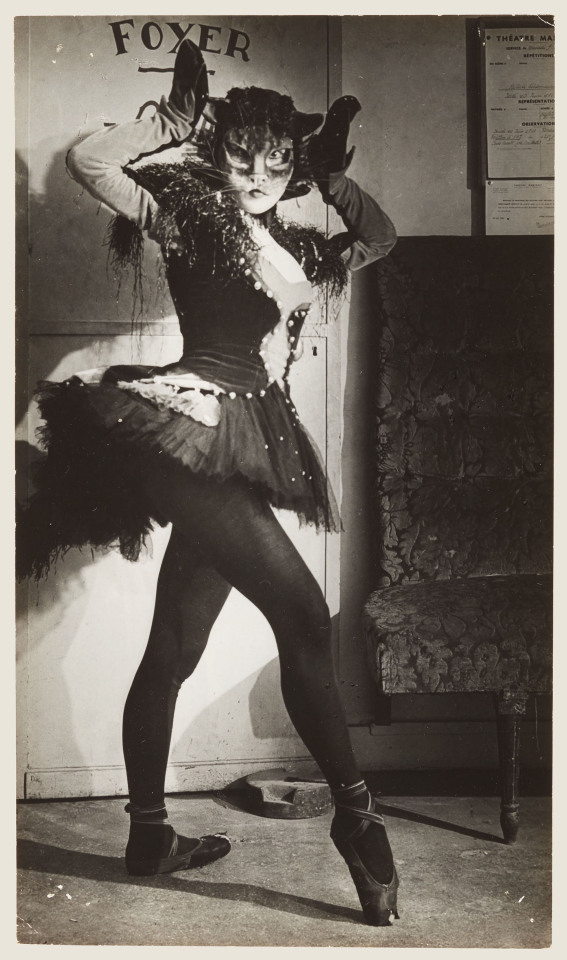
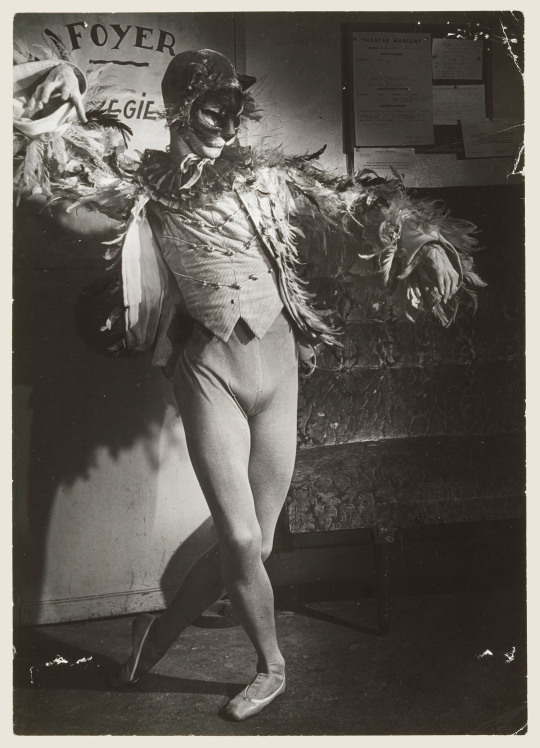
Brassaï (1899-1984) ~ Les demoiselles de la nuit (*). Ballet de Paris, 1949. Ferrotyped gelatin silver print | src Christie’s
view & read more on wordPress
(*) Ballet in one act with choreography by Roland Petit, libretto by Jean Anouilh, scenery & costume design (including the ballet's cat masks) by Leonor Fini. It tells the story of a musician who falls in love with his beautiful cat Agathe, who has assumed semi-human form. Agathe tries to be faithful to her human lover but is lured away by the sound of tomcats and the call of freedom. She leaps off the rooftops and the musician falls to his death as he tries to grab hold of her. She falls after him and they are united in death. | src The Oxford Dictionary of Dance
#brassai#leonor fini#Caturday#cat love#cat lover#cat mask#masked dancer#dance mask#dancer#Tänzerin#danseuse#danzatrice#bailarina#gyula halasz#gyula halász#les demosiselles de la nuit#mask#masked women#brassaï#portrait#Porträt#1940s#retrato#ritratto#portret#retrat#women artists#costume design#cat costume
431 notes
·
View notes
Text

Brassaï, Gala à l’Opéra Garnier, Paris, France, 1930
#Brassaï#opera garnier#paris#1930#palais garnier#photography#street photography#street photo#street photografie#street photoshoot#brassai#george brassai#Gyula Halász#Gyula Halasz#street fashion#30s evening wear#paris fashion#paris street fashion#l'opera garnier#paris opera#30s paris#paris at night#30s lifestyle#night#evening#darkness#dark#surrealism#surrealist art#surrealist photography
128 notes
·
View notes
Text
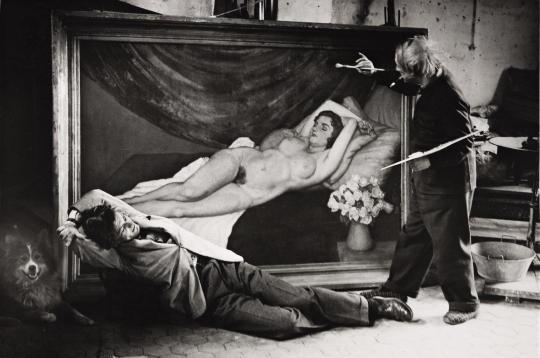
Picasso mime l'artiste peintre (avec Jean Marais comme modèle), photographiés par Brassaï (Gyula Halasz)
31 notes
·
View notes
Text

Paris By Night by Gyula Halasz
- 1933
17 notes
·
View notes
Text
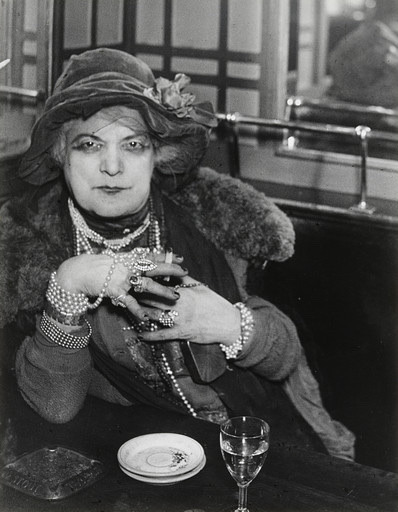
Brassaï (Gyula Halász)
"Bijou" of Montmartre
1932
#brassai#bijou#french photographer#montmartre#paris france#Gyula Halász#gyula halasz#french photography#1930s#20th century#paris#left bank#parisian nightlife
4 notes
·
View notes
Text

Couple Au Bal Blomet, Paris. 1931-1932
Photo: Brassaï (Gyula Halasz)
275 notes
·
View notes
Text
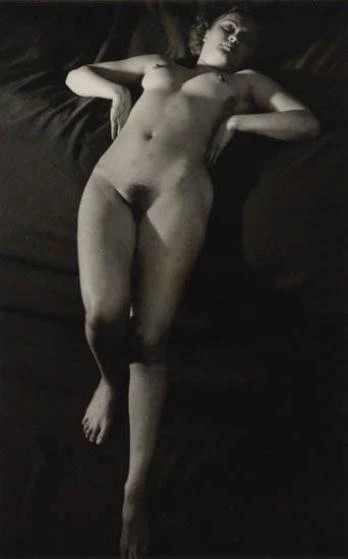
Brassai (Gyula Halasz)
Female nude, Paris, 1937
77 notes
·
View notes
Text
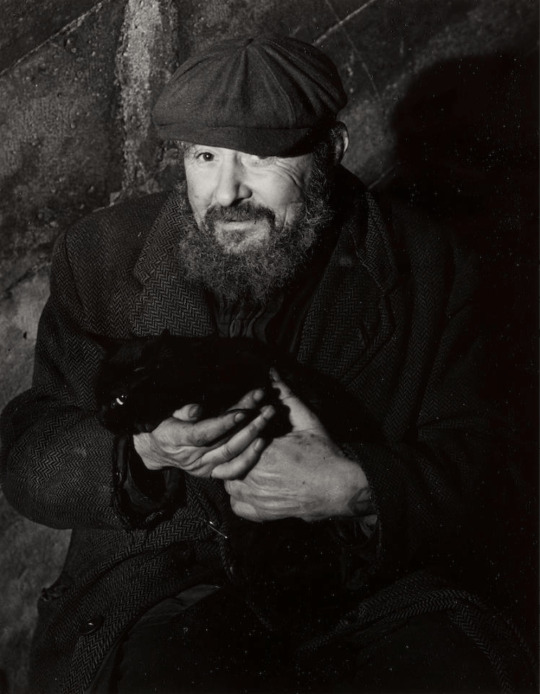
Brassai (Gyula Halasz)
Clochard avec son chat, 1932
56 notes
·
View notes
Text
Blogpost #9
Gyula Halasz, or Brassai, was a Hungarian-French photographer from the 20th century. His pseudonym Brassai means “from Brasso,” which is the town where he grew up in the Kingdom of Hungary. Brassai gained popularity after his book Paris de nuit, Paris by Night, was published in 1933. He portrayed life in the city’s high society, such as ballets and operas.

Brassai book
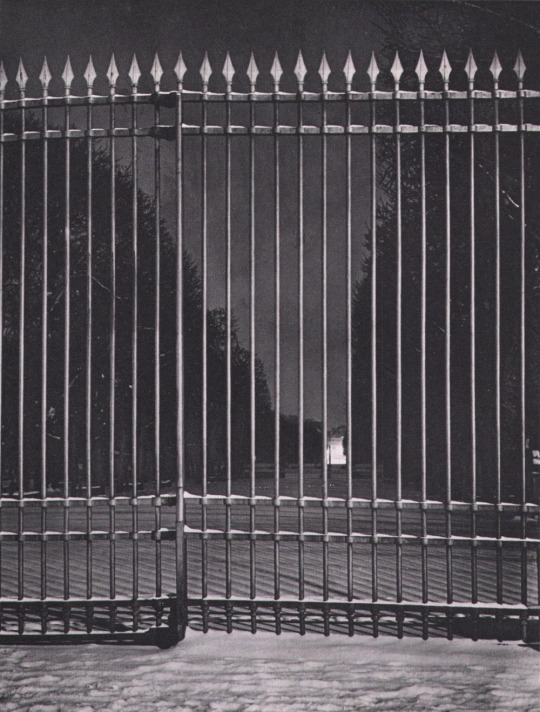
Brassai, Gate of the Jardin du Luxembourg, 1932

Brassai, Nuit de Longchamps, 1936

Brassai, Place de la Concorde, 1945

Brassai, Avenue de L’Observatoire, 1934

Brassai, Pont Neuf, 1949
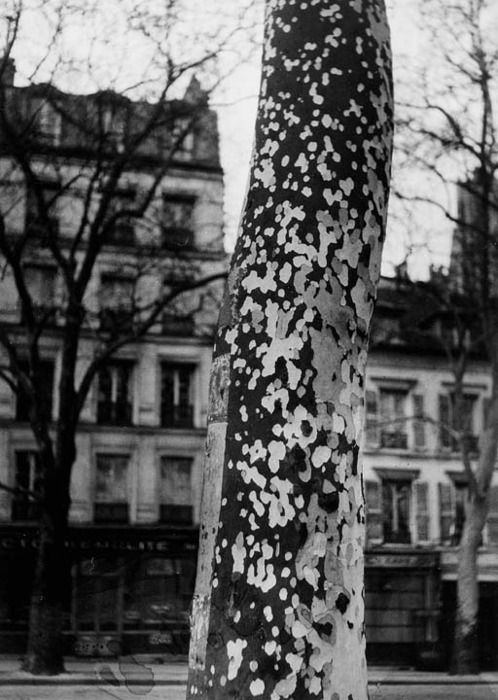
Brassai, Plane Tree, Paris, 1938

Brassai, Prison Wall of la Sante, 1932
The images I selected were from the book Brassai, by Brassai with an introductory essay by Lawrence Durrel, published in 1968. The cover of the book from MIT libraries is plain blue, so the cover image shown was found from an online version. Brassai shot a lot of images at night or in low-light conditions. He probably had a high exposure in order to get any detail, which might be why some of the images look a bit blurry. While the sky is dark, there are often artificial lights shown that cast shadows of the visible objects in the pictures. I particularly liked his photos featuring reflections in water, creating interesting shapes with the distorted lights in the current. His works also tend to be of higher contrast, with the exception of Place de la Concorde, which is noticeably more mid-gray compared to the other images that are much more black-and-white with some grays in between. Brassai often put his subject in the center of the frame, either horizontally or vertically rather than have the focus be off-center. The subject of the photos that stuck out the most to me were almost all free of people, focusing more on nature or architecture. There were a lot of other images in the book that showed people, usually one or two rather than a big crowd, but I personally am not as drawn to those works. Brassai showed that a photographer can display an everyday scene in a captivating way rather than always leaning on human subjects to make photos interesting.
0 notes
Photo

"Portrait de Lili Wegener" par Gerda Wegener (1922), "Tamara de Lempicka" photographiée dans son appartement par Thérèse Bonney (circa 1929), "Autoportrait" par Claude Cahun (circa 1928), "Le Cabaret Féminine Le Monocle à Paris" par Gyula Halasz Brassaï (1933) et "Premières Femmes à Porter un Pantalon Publiquement, Place de la Concorde à Paris, en France" agence Keystone (1933) à l'exposition "Parisiennes Citoyennes ! Engagements pour l’Emancipation des Femmes (1789-2000)" du Musée Carnavalet, octobre 2022.
#expos#peinture#style#inspirations bijoux#perle#Wegener#Lempicka#Bonney#Cahun#HalaszBrassai#Brassai#Keystone#MuseeCarnavalet
1 note
·
View note
Photo

Brassaï (Hungarian–French,1899-1984)
Hair creation by Antoine de Paris ,1930
620 notes
·
View notes
Text

Paris By Night by Gyula Halasz
- 1933
4 notes
·
View notes
Photo

Brassai (Gyula Halasz), Lovers, Rue Saint Denis, 1931.
Gelatin silver print
Gift and bequest of H. Russell Albright, M.D. / MoMa
#art#photography#brassai#gyula halasz#lovers#paris#rue saint denis#1931#gelatin silver print#moma#kiss#iconic#vintage photography
73 notes
·
View notes
Photo
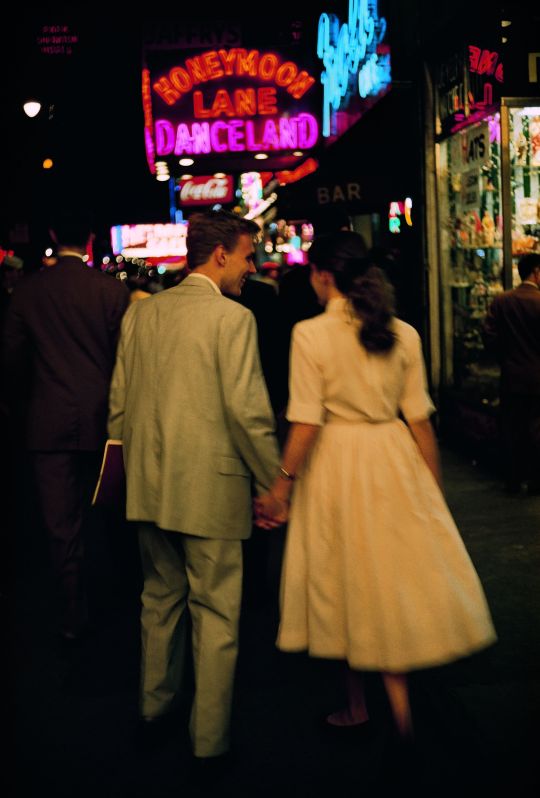
Brassaï (Gyula Halasz, 1899-1984), New York, 1957
433 notes
·
View notes
Text

Eravamo amanti imperfetti
noi due,
troppo selvaggi per domarci,
troppo rari per lasciarci andare.
-Atticus
Foto Gyula Halasz
Amando.
Pentesilea
22 notes
·
View notes
Photo

Brassaï - Folies-Bergères (Paris 1932)
#brassai#gyula halasz#photography#b&w photography#b&w#vintage#vintage fashion#vintage style#paris#aesthetic#beauty#thirties#30s#30s fashion#cabaret#france#fashionblogger#vintage photography
100 notes
·
View notes